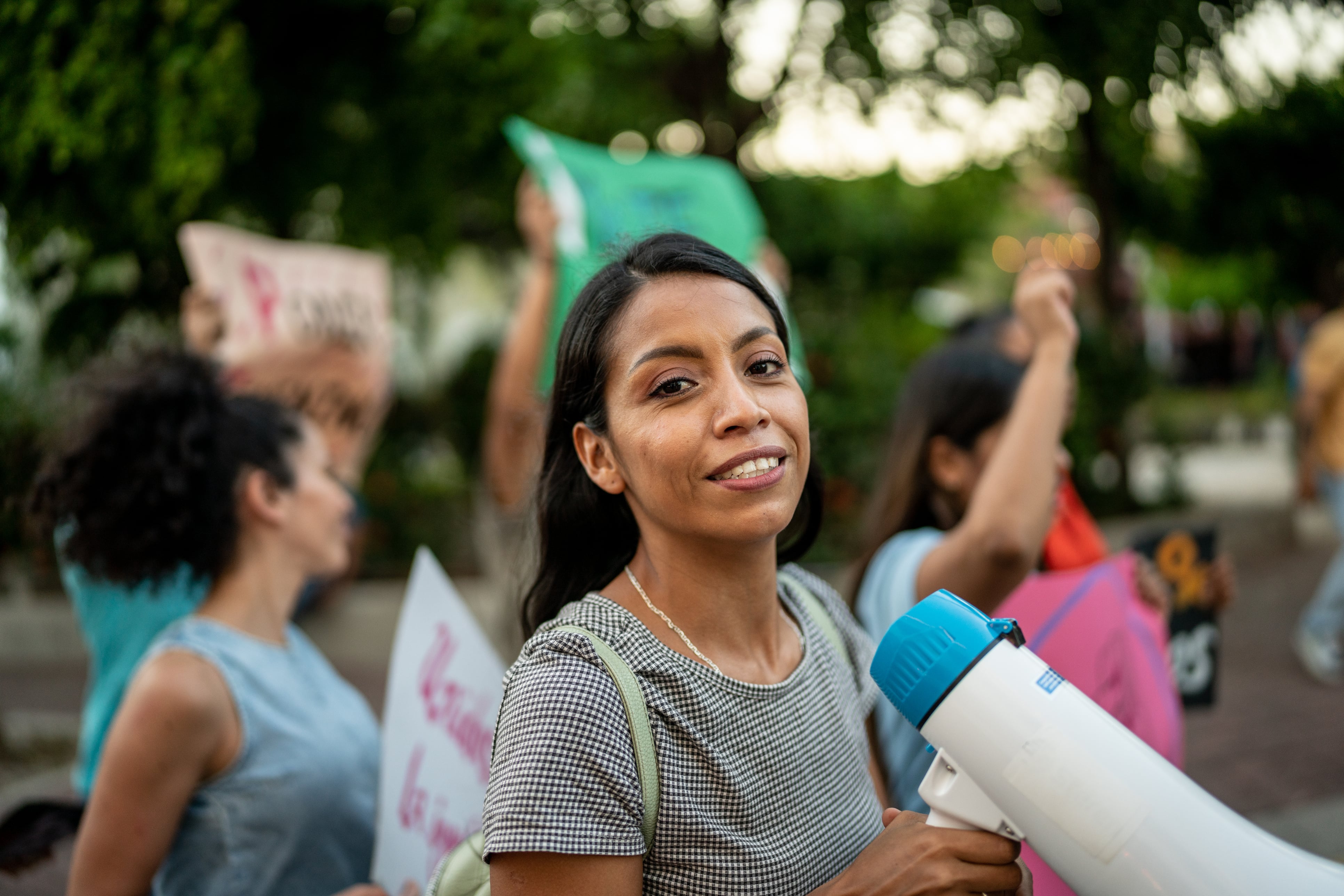Democracy Under Pressure: Why Civic Space is the First Casualty in Crisis

The First Casualty: Voices Silenced Before Institutions Fall
The first sign of democratic collapse is rarely the tanks on the streets. It is the silencing of voices. In Sudan, it began with NGO raids. In Serbia, with students facing police batons for daring to protest. Even in Europe and the United States, pandemic restrictions showed how quickly governments reach for limits on assembly and association. Civic space is the canary in the coal mine: once freedoms of expression and organization are suffocated, the entire democratic system gasps for air. Yet donors and policymakers still treat civic space as secondary - when in reality, it is the first battlefield.
Why Governments Go After Civic Space First
When crisis erupts, unpredictability becomes the ruling force. Those in power know instability can quickly erode their legitimacy or even topple them. Faced with that fear, they reach for the tools they control most readily-- coercion. Civic space is easier to shut down than an economy to stabilize or a war to win. Silencing protests, restricting NGOs, and censoring media becomes the fastest way to project control. In Sudan, authorities turned immediately to raids and suspensions of NGOs, not because civil society was the root of the conflict, but because it was the arena where anger and dissent could gather. The effect is universal: civic space is throttled precisely when society most needs open voices and accountability.
From Baghdad to Belgrade: A Global Pattern of Crackdowns
The pattern repeats across regions. In Iraq, mass protests led by young people demanded jobs and an end to corruption - only to be blunted when the government injected sectarian narratives that divided the movement and diluted its power. In Sudan, raids on NGOs and arrests of activists became routine tools for authorities seeking to contain dissent. And in Serbia, the most recent wave of student protests met with heavy-handed police tactics and intimidation, illustrating how governments under pressure reach for force to reassert control. Even pandemic-era democracies showed how quickly freedoms of assembly and movement can be curtailed. Reports by the UN, CIVICUS, and Freedom House all point to the same conclusion: civic space is shrinking globally, not only in fragile states but also in countries once considered stable.
From Warnings to Tools: Stress-Testing Democracy
Most commentary on civic space stops at describing the problem: the closures, the raids, the protests suppressed. What is missing is a way to anticipate and respond before repression becomes entrenched. That is where IREGS World approaches the challenge differently. We treat civic space not as a static condition, but as a system that can be stress-tested, mapped, and monitored. Just as France stress-tested its hospitals for wartime readiness, civic institutions can be tested for how they might hold under pressure. Our Civic Space Snapshots offer a rapid, evidence-based assessment of laws, enforcement practices, and digital restrictions, providing donors and local actors with a decision-ready view of the operating environment. Beyond snapshots, early warning indexes offer the possibility of detecting shifts in association, assembly, and expression before they crystallize into crises. Together, these tools enable governments, INGOs, and civil society to prepare, not just react. By reframing civic space as something measurable and anticipatory, IREGS World helps shift the sector from rhetoric about 'shrinking space' toward actionable resilience strategies.
Three Ways to Keep Civic Space Alive in Crisis
If civic space is the first casualty in crisis, then safeguarding it must become a priority rather than an afterthought. Three steps stand out:
- Invest in early warning systems - donors and INGOs should integrate civic space monitoring into their program cycles, enabling them to detect restrictions before they harden into systemic repression. The absence of such systems is not just a problem in fragile states. Consider the tectonic shift in the US aid sector when a new administration took office: despite clear signals from campaign platforms and rallies, the development field was caught off guard. Tens of thousands of jobs vanished, projects were terminated overnight, and USAID ceased to exist in its former form. A credible early warning system would not have prevented political choices - but it could have allowed organizations and individuals to prepare, adapt, and avoid being blindsided.
- Fund rapid civic-space diagnostics - quick, evidence-based scans such as Civic Space Snapshots allow decision-makers to understand the real operating environment before funds are disbursed, programs launched, or commitments withdrawn. Rather than relying on outdated assumptions or generic risk assessments, these diagnostics provide a current picture of legal frameworks, enforcement practices, and digital restrictions. That means projects can be designed with eyes wide open, avoiding costly mistakes or sudden shutdowns once activities are underway.
- Stress-test programs against restrictions - too often, program design assumes an open civic environment that may not exist for long. Stress-testing programs against scenarios, protests banned, NGOs suspended, media censored, can reveal how activities would survive in more restrictive conditions. Just as disaster preparedness drills prepare hospitals or municipalities for natural shocks, civic stress-tests help governance and peacebuilding programs adapt before repression hits, ensuring continuity and resilience rather than collapse.
Taken together, these actions shift the conversation from rhetorical concern about 'shrinking space' to practical strategies for resilience.
Civic Space Is the Frontline of Resilience
Civic space is not a side issue; it is the frontline of democratic resilience. When governments face crisis, their first reflex is to silence voices, not strengthen institutions. Recognizing this pattern is the first step toward breaking it. At IREGS World, our mission is simple: turning complexity into clarity - so societies can prepare before freedoms disappear.
